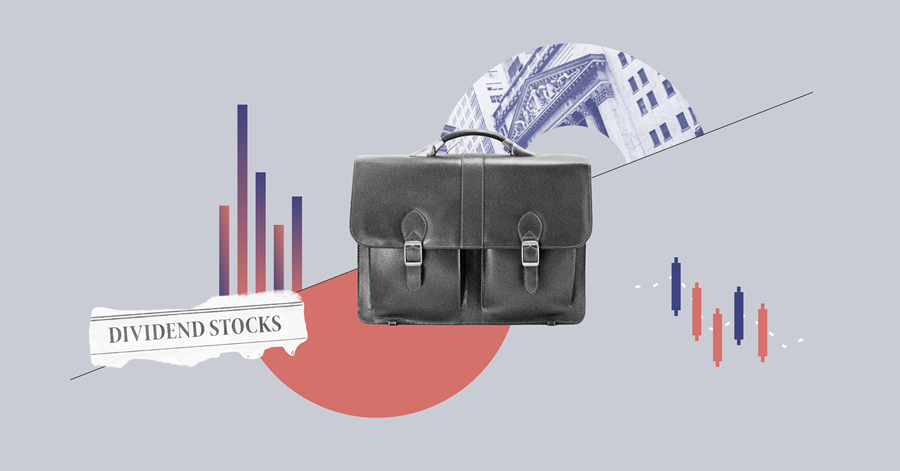
Despite strong earnings growth that largely met expectations, shares in Shell (RDSB) sold off as cash flow did not increase to the degree that was expected given the increase in oil prices. While Shell has already delivered on key targets, such as restoring its full cash and nearly achieving its goal of disposing $30 billion in assets, improvement in cash flow and reduction in debt has stalled.
Clearly the market is concerned, but Morningstar equity analysts remain confident in the company’s financial framework for the next three years as the absence of cash flow growth and debt reduction is largely explainable by one-off events that will eventually subside. We are maintaining our fair value estimate of £28.00 – against a current price of around £25.60 – after incorporating first quarter 2018 results and higher near-term oil prices into our forecast – we assume Brent prices of $70 per barrel in 2018 and $68 in 2019. Our long-term oil-price assumption is $60.
In our opinion the underlying strength of the business is intact, as demonstrated by the strong earnings. Admittedly, though, the market will likely need to see evidence that these are in fact not underlying issues in future quarterly results before fully crediting Shell’s shares. That said, our fair value estimate is unchanged, leaving Shell one of the more attractively valued global integrated oil platers in our view.
With the restoration of its cash dividend, Shell has demonstrated that it has taken the necessary steps to remain competitive in a world of $60/barrel oil. Like the rest of the integrated group, Shell has reduced its cost base, which had become bloated, in part by reducing headcount and improving its supply chain. Furthermore, the addition of BG’s low-cost production reduces Shell’s per-barrel operating cost, which ranked among the highest in its peer group. Shell already reduced operating cost by 20% from 2014 levels and holds that potential further reductions are possible in later years.
At the same time, Shell plans to avoid the mistakes of the past, when rising commodity prices resulted in ever-increasing capital budgets, by keeping yearly capital spending between $25 billion and $30 billion through 2020, a 40% reduction from the nearly $50 billion it spent in 2014. The sharp decrease should improve capital efficiency, but should not completely sacrifice growth. While the reduction in spending is in part a function of cancelled marginal projects that are no longer economical, it also results from cost deflation, improved performance, and design standardisation, which have meaningfully improved potential returns and reduced total project spend.




























